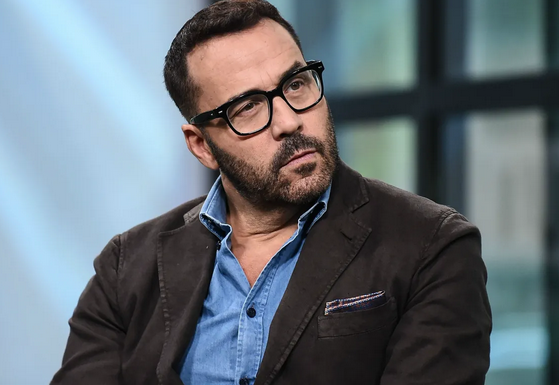As parents, we prioritize our children’s health and well-being, ensuring they receive timely medical check-ups for various ailments. However, one aspect that often goes unnoticed is their eye health. Regular eye examinations are just as important as routine visits to the pediatrician. In this article, Dr David Stager emphasizes the significance of regular eye checkups for children and sheds light on why proactive eye care is essential for their overall development.
Frequency of Child Eye Examinations: Setting the Foundation for Good Vision
The early years of a child’s life are a critical time for vision development. Therefore, it is highly recommended to schedule their first comprehensive eye examination before they start school. This initial assessment is crucial as it allows eye specialists to identify any potential vision issues or refractive errors early on. Moreover, children’s eyes can change rapidly, so regular follow-up eye examinations are equally vital. A general guideline is to have an eye examination every six months between the ages of 2 and 18 years. This frequency ensures that any changes in their eyesight or prescription are promptly detected and addressed.
Identifying Risk Factors for Eye Problems
Certain risk factors may increase the likelihood of eye problems in children. Parents should be aware of the following factors:
Medical Conditions: Children diagnosed with conditions like Down syndrome or cerebral palsy have a higher risk of eye-related issues. Regular eye examinations become even more crucial in these cases to manage any visual challenges effectively.
Family History: A family history of eye diseases can also raise concerns about a child’s eye health. If there is a history of conditions like glaucoma, cataracts, or refractive errors in the family, it becomes essential to be proactive and monitor the child’s vision regularly.
Unusual Symptoms or Behavior: Parents must be observant of any changes in their child’s vision or unusual eye-related behavior. Complaints of headaches, blurred vision, eye pain, or seeing double (diplopia) may indicate underlying vision problems that require immediate attention.
Spotting Symptoms of Vision Problems in Children
Detecting vision problems early is crucial to ensure proper visual development and academic success. Some common symptoms of vision issues in children include:
Frequent Headaches: Persistent headaches, especially after visually demanding tasks, can be a sign of strained eyes.
Blurred Vision: Difficulty in seeing objects clearly or reading can indicate refractive errors or other vision-related issues.
Eye Pain: Complaints of eye discomfort or pain may indicate eye strain or other eye conditions.
Double Vision: Seeing double images could be a symptom of misalignment or other visual anomalies.
Photopsia (Seeing Halos): Seeing halos around lights may indicate certain eye health problems that need immediate evaluation.
The Importance of Prompt Eye Care
If any of the mentioned symptoms are observed, it is crucial to seek immediate attention from an eye doctor. Timely eye examinations can help diagnose the underlying cause and enable appropriate management. Addressing vision issues promptly ensures that children can perform well in school, participate in various activities, and enjoy a higher quality of life.
Conclusion
Regular eye examinations for children are an integral part of their overall health care. Early detection of vision problems allows for timely intervention, preventing potential complications and ensuring proper visual development. As responsible parents, let us prioritize our children’s eye health and schedule regular eye checkups. Consulting with a knowledgeable eye specialist, such as Dr David Stager, can provide the best care for our children’s eyes, setting the foundation for a future filled with clear vision and endless possibilities.



